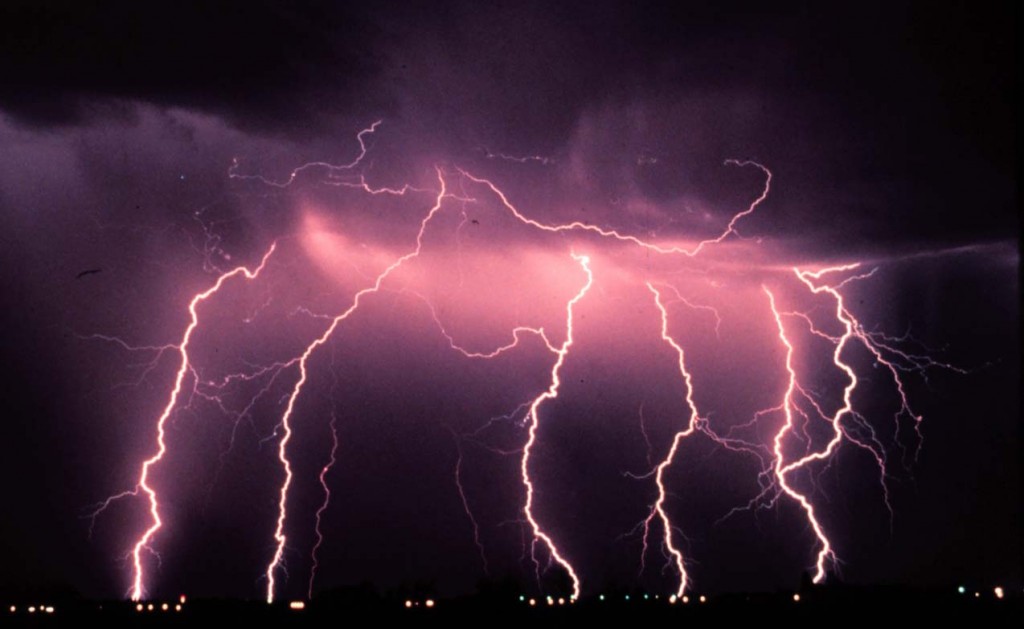
Did you know that an estimated 24,000 people are killed by lightning strikes around the world each year and about 240,000 are injured?
Because being struck by lightning is often used as a metaphor for something very rare, but fact of the matter is lightning kills and you need to know how to increase your safety chances, especially as we are smack in the middle of storm season.
The exact risk of being struck by lightning is difficult to determine, but some situations put you more at risk than others. Here are some situations to avoid:
Don’t take a bath or shower during a storm
Yes, you can get shocked if you are near pipes or faucets during an electrical storm, so experts recommend that you avoid taking baths or showers when lightning is striking nearby. You should also avoid being near bodies of water if you are outside during a thunderstorm.
Avoid using the phone during a storm
Using a phone with a cord during a thunderstorm is not a good idea because an electrical shock may be transmitted along the phone cord to you. In fact, the use of any electrical appliance should be avoided.
Talking on a cordless phone indoors is not considered a high-risk activity, even during an electrical storm. However, using a cell phone outside should be avoided because the metal in the phone may act as a lightning rod.
Don’t take refuge under a tree
In fact, it is best to avoid being near tall objects (which are more likely to attract lightning) during a storm.
Don’t huddle with others
If you are caught out in a storm, it is best to stay at least 15 feet apart from others to reduce the chances that any one person will be struck by a bolt of lightning. If you stay close together, multiple persons are more easily injured by a single bolt.
Don’t sit on the ground
If you are caught out in the open during an electrical storm, avoid sitting or lying down on the ground. Most lightning that injures people strikes the earth and travels through the ground; for this reason, the less contact you have with the ground the better.
Ideally, you should avoid trees and other tall structures and avoid open spaces altogether. Seek shelter in a fully enclosed structure (such as a home, school or car). As a last resort, if you are unable to find shelter, crouch down low on the balls of your feet.
If the sky is clear above you or the storm is far away, you can still be struck by lightning. Actually, “bolts from the blue” account for a significant proportion of lightning-related injuries. Because lightning may travel more than 20 miles before touching down, a storm can be in the next town and still cause injury or death. For this reason, experts recommend that you go inside when the source of lightning is six miles away or closer (that is, if the interval between lightning and thunder is 30 seconds or less) and wait until 30 minutes have passed since the last lightning or thunder struck before you resume outside activities (this is known as the “30/30 rule”).
It is safe to help a lightening victim. One of the most prominent lightning-related myths is that you should not touch a lightning victim or you’ll also be shocked. In fact, it is safe to help a lightning victim. Cardiopulmonary resuscitation and other forms of medical help may save them.
Be careful
When the circumstances of a lightning-related injury are analyzed, it is often the case that some action on the part of the victim might have averted the injury.
For example, if you find yourself in a temperate climate with frequent thunderstorms, the last thing you should do is walk around open, hilly terrain with a metal rod (golfers in Florida where the largest number of lightning-related injuries and deaths occur do this everyday). Perhaps it is because they are not paying attention, they underestimate their risk or they are just unlucky. Lightning prone areas in Kenya are mostly in the western part of the country, especially in Kisii, but cases are reqularly reported in Nairobi, Mombasa and Athi River.

